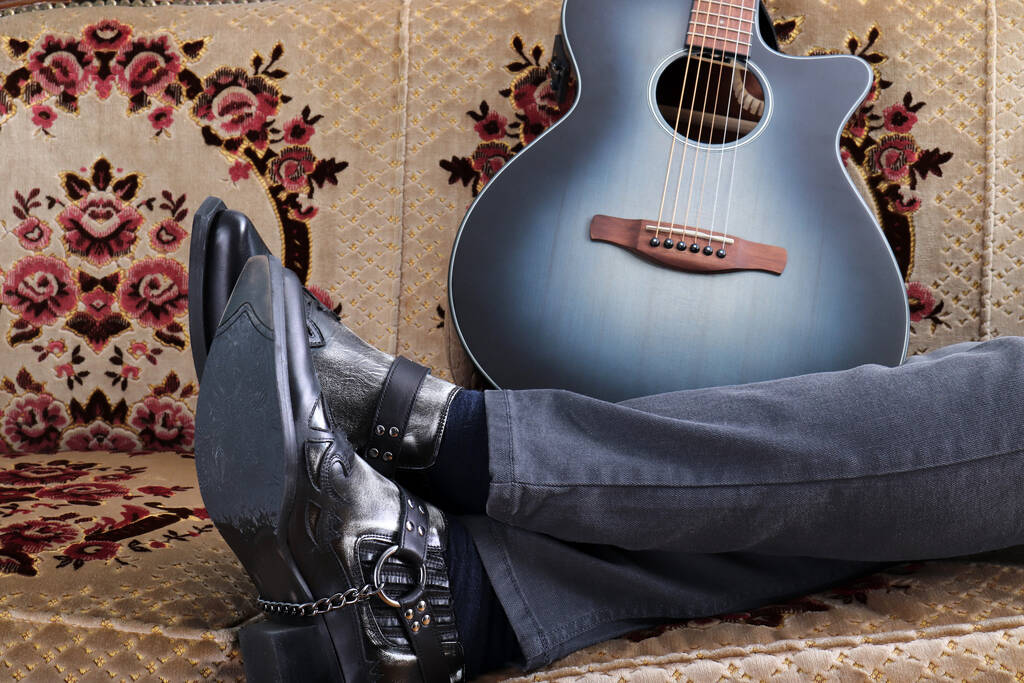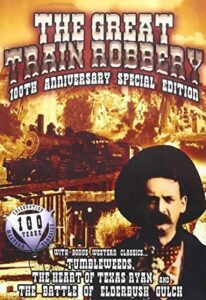With a rich history that can make its audience feel larger than life, the Western genre induces a sense of heroism. It is truly unique and has produced many classic stories, films, television, and radio shows since its inception in the 19th century.
The Western genre is an exciting portrayal of the old American West of the 19th century and its embodiment of freedom, ruggedness, and heroism. This fictitious genre highlights the struggle between civilization and wilderness against the rugged and raw landscape of the Western frontier.
The main characteristics of the Western Genre include:
- Setting
- Themes
- Characters
- Plot
- Style
- Mythology
- Action
- Soundtrack
- Historical Accuracy
Analyzing the definition and characteristics of what made the Western genre what it was and is today, allows us to expand our appreciation for Western culture and its contributions to the modern culture at large.
History
To expand more deeply into what the Western Genre is, we need to look at the period in which it was born. A period that is characterized by the settling of a new frontier, and the expansion of the United States from the East. It involves the conflicts that occurred between settlers, Indigenous, and outlaws, with a common theme of the good guys keeping law and order within the frontier.
The Western is one of the oldest film genres, with the Western silent movie “The Great Train Robbery” released in 1903 which consequently has had a measurable impact on different cultural aspects such as fashion, music, film, and television.
Setting
The setting of the Western genre generally takes place in the 19th-century American Old West, although, this is not exclusive and can take place at other periods or in different parts of the American frontier.
A Western will also normally include open landscapes with ranches, saloons, wildlife, and other rural characteristics that can be further defined by lawlessness, untamed wilderness, cowboys, Indigenous, and settlers. This is amplified through gunfights, horseback riding, and other typical Western elements.
The aforementioned characteristics are often combined with portrayals of justice, honor, and conflicts between the lawless and law-abiding.
Clothing
The clothing worn by characters reflects the fashion of the American Old West. This included such things as:
- Cowboy hats: The iconic symbol of the Western, cowboy hats were worn by both cowboys and other characters in the genre, with the “Stetson” brand becoming one of the most popular.

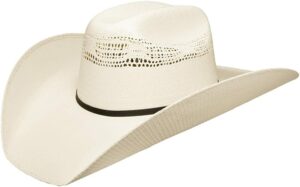
- Boots: Leather boots were worn by both men and women and were practical for the rough terrain of the West.
- Denim jeans: Durable and comfortable, denim jeans were worn by cowboys and other characters in the Western.

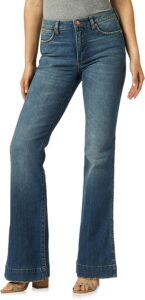
- Bandanas: Worn around the neck or face to protect from dust and wind, bandanas were a practical accessory.
- Button-up shirts: Often made of cotton or flannel, button-up shirts were a staple for men in the Western.
- Leather vests: Often worn over a shirt, leather vests were practical for cowboys and provided additional protection from the elements.
- Long skirts: Women in the West often wore long skirts made of a durable material like cotton or wool.
- Bonnets: Women also wore bonnets to protect their faces and neck from the sun.
This clothing was both practical and functional, reflecting the rugged landscape of the new frontier.
Heroes and Antiheroes
Western heroes and antiheroes will often share common characteristics, but there are also distinct differences.
Heroes will typically possess a strong moral code while also being skilled physically in terms of using a gun, horse, or other forms of physical combat. They will also be courageous, with a strong sense of justice, and willing to put others before themselves.
Antiheroes on the other hand will often be motivated by self-interest, revenge, or other less noble desires. They will also normally be flawed characters in the sense of having vices or making mistakes, while also being non-conformist and resisting traditional norms and conventions.
What are stereotypical Western characters?
- The Cowboy: The most well-known Western character. Known for being suited with a cowboy hat and boots, these characters carry a rugged, self-reliant personality.

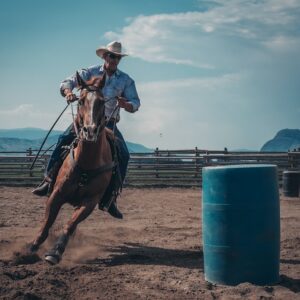
- The Outlaw: Great examples of outlaws include famous characters such as Billy the Kid and Butch Cassidy. Dangerous and unpredictable characters, with charismatic personalities.
- The Sherrif: Most typically portrayed as someone that maintains order in the Old West. A trustworthy and tough character that confronts the troublemakers.
- The Indigenous American: Often shown as being wise individuals that are in touch with nature, but can also be shown as “exotic” and “dangerous” characters. Also often portrayed as victims of colonization and aggression throughout the Old West.
- The Prospector: Rough, self-reliant individuals that have arrived in the Old West, searching for typical Western resources such as gold. Erratic and often desperate characters, with a primary goal of getting rich.
- The Gambler: Personable characters that make their living by playing games such as poker. With a conflicted relationship between money and risk-taking.
Dialogue
The dialogue of a Western can vary significantly with both the context and culture of the characters involved. However, some more stereotypical characteristics of Western dialogue may include being straightforward and direct. Characters will often say what they mean and mean what they say.
Individualism will be emphasized with characters expressing their open opinions and thoughts, as opposed to being reliant on groupthink. This type of individualistic dialogue will also be very open and frank.
Westerners also tend to be time-conscious in terms of placing a high value on time. The dialogue of a Wetsern is used to be more direct and efficient with communication and get to the point quickly.
Mood and Tone
As with dialogue, the mood and tone of a Western can vary quite significantly also with the context and culture of the characters. However, some common elements characterize the mood and tone commonly found in Westerns.
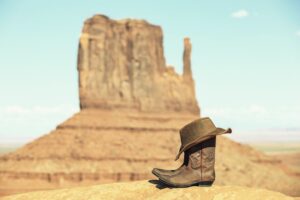

The sense of adventure is often strong within a Western as it portrays individualism and self-reliance on the new frontier. With this, often comes isolation due to the landscape of the frontier. This creates a gloomy or grim mood.
Violence is also prevalent which contributes to a tense or strained mood that is offset by the theme of honor and justice that is often found in the Western. This helps bring about a tone of moral clarity and righteousness.
The mood of a Western is extremely diverse and multifaceted, as it combines different opposing elements such as adventure, romance, drama, and tragedy. This contributes to the enticing experience that has made the Western genre so popular.
Film Techniques
Western films tend to have distinct cinematography and editing. Some of the most common and important include:
- Lighting: Lighting was crucial for dramatic and humorous films.
- Wide-angle shots: These shots were used to emphasize characters and the surrounding landscape, especially in combination with lighting techniques.
- Zoom shots and panning: Zooming and panning were important for fighting/gun scenes.
- Close-Ups: Conveying emotion and amplifying the intensity of emotion is done through close-ups.
- Dialogue: The dialogue of Western films is often precise and blunt to help add to the ruggedness of a Western.
- Flashbacks: Providing a backstory or different characters’ motivations are often done through flashbacks.




